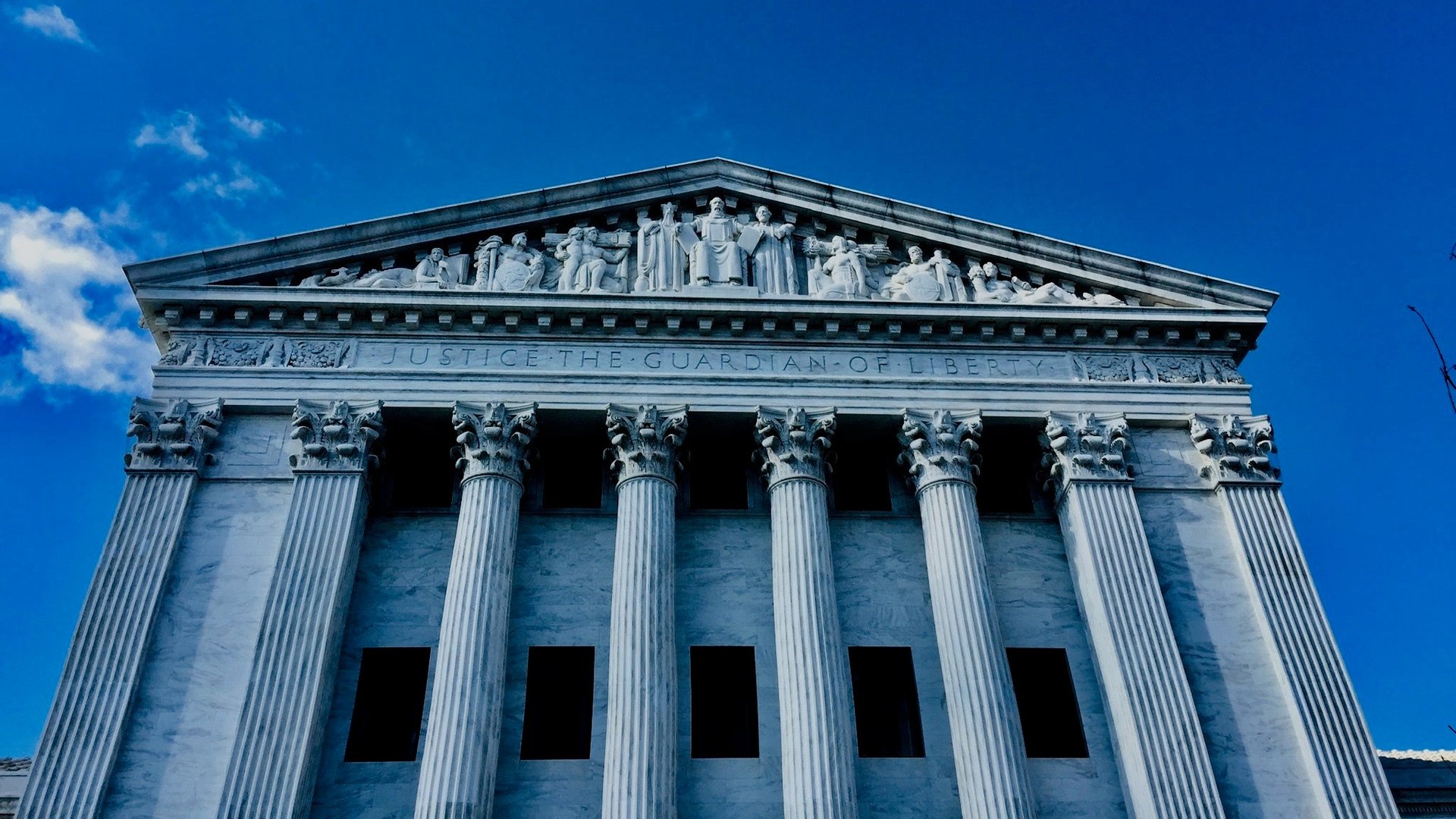“OK, Boomer” makes its US Supreme Court debut in an age discrimination case
Today, the US Supreme Court heard oral arguments in the disconcerting case of Norris Babb, a longtime Department of Veterans Affairs clinical pharmacist who faced age discrimination after more than a decade of excellent performance reviews. The hearing gave chief justice John Roberts the opportunity to up his cultural credit with strategic use of the phrase “OK, boomer” in a hypothetical question.


Today, the US Supreme Court heard oral arguments in the disconcerting case of Norris Babb, a longtime Department of Veterans Affairs clinical pharmacist who faced age discrimination after more than a decade of excellent performance reviews. The hearing gave chief justice John Roberts the opportunity to up his cultural credit with strategic use of the phrase “OK, boomer” in a hypothetical question.
The popular 2019 phrase’s premier in the high court in the first month of 2020 and first week of hearings shows just how attuned the justices are to the zeitgeist, though they may seem aloof and their work removed. And it’s no wonder—on a bench whose youngest member is silver-haired Gen-X justice Neil Gorsuch, 52—that the chief, 64, would trot out the insult aimed at his generation to prove he’s cool in a case about hating on the aging.
The chief justice might not qualify as a hepcat in most contexts, but he’s hip enough for a legal luminary managing a crew of dueling intellectuals with opposing views ruling on the foremost issues of the day. And he can be funny on the bench, cracking jokes or making comments that might surprise the progressives who decry his conservative positions.
Still, the matter before the court is totally serious. Babb is asking the justices to reverse an Eleventh Circuit Court of Appeals decision, which found that she was discriminated against because of her age but required her to prove conclusively that this bias was the primary reason, not just a reason, that development opportunities were foreclosed as she got older.
Babb contends that any discrimination suffices and that the appeals court got the requirements of the 1967 Age Discrimination in Employment Act (ADEA) wrong. Her case is about the application of federal discrimination law to public workers specifically. But the difficulty Babb had winning her claim in the lower courts only highlights the pain of employees in the private sector who are always held to the high standard of proving but-for causation.
In other words, this matter shows just how biased any employer has to be before an employee can win an age discrimination claim. The TL;DR: very biased indeed.
But-for cause
There’s no question that Babb—in her 50s in 2011 when the discrimination, she says, became apparent—was in a bad situation. Her brief explains that a supervisor described her in departmental communications as “part of a group of pharmacists known as ‘mow-mows’ or ‘squeaky wheels’ who were ‘never happy, always complaining.'” The term “mow-mow” was understood to mean “grandmothers.”
After more than a dozen years of rising up the ranks, Babb’s progress was thwarted, she contends, and she began getting negative reports from supervisors. Her requests to get the additional training required for promotions were denied while much younger employees with far less experience were given these opportunities. Bosses at the VA expected Babb to make a complaint with the Equal Employment Opportunity Commission, according to their own records, yet they persisted in their discriminatory activity.
Now the justices will have to decide if the Eleventh Circuit correctly interpreted the ADEA to require she prove that but for bias there would have been no adverse actions on the job. It’s a very high standard that already applies to private sector and state and local workers, based on the Supreme Court’s 2009 decision in Gross v. FBL Financial Services.
But the ADEA’s federal-sector provision isn’t identical to its private-sector counterpart. The rule applicable to Babb as a VA employee requires employment decisions to be “made free from any discrimination based on age,” whereas private-sector employers can’t discriminate “against any individual … because of such individual’s age.” Both provisions apply to employees who are 40 or over.
Babb argues that “free from any discrimination” means she doesn’t have to conclusively prove bias was the reason her career suffered, unlike private sector workers bound by the holding in Gross. The federal government says Gross controls.
Roberts pushed back against Babb’s position, despite being a fellow boomer, wondering if it wasn’t too extreme and suggesting it might chill workplace speech. He asked her counsel the hypothetical question:
Let’s say in the course of the, you know, weeks’ long process, you know, one comment about age, you know, the hiring person is younger, says, you know, “OK, boomer,” you know, once to the applicant…So is that actionable?
The courtroom erupted in laughter over the chief justice’s of-the-moment formulation, and the lawyer replied cautiously that “a stray comment” wasn’t sufficient discrimination, but that the but-for standard nonetheless doesn’t apply to Babb.
Time is ticking for us all
Wherever we may work, public or private sector, the pharmacist’s struggle shows what any of the rest of us might face as we inevitably age. Indeed, the Supreme Court justices are among the fortunate few whose jobs are guaranteed for as long as they live and who don’t seem to lose their luster with time’s passage, at least if its oldest current jurist, Ruth Bader Ginsburg, 86, is any indication.
The seven boomers on the bench and their two Gen-X colleagues—Brett Kavanaugh, 54, is part of this lost generation (Elena Kagan, 59, was born just before)—should issue a decision in Babb’s case by term’s end in late June.